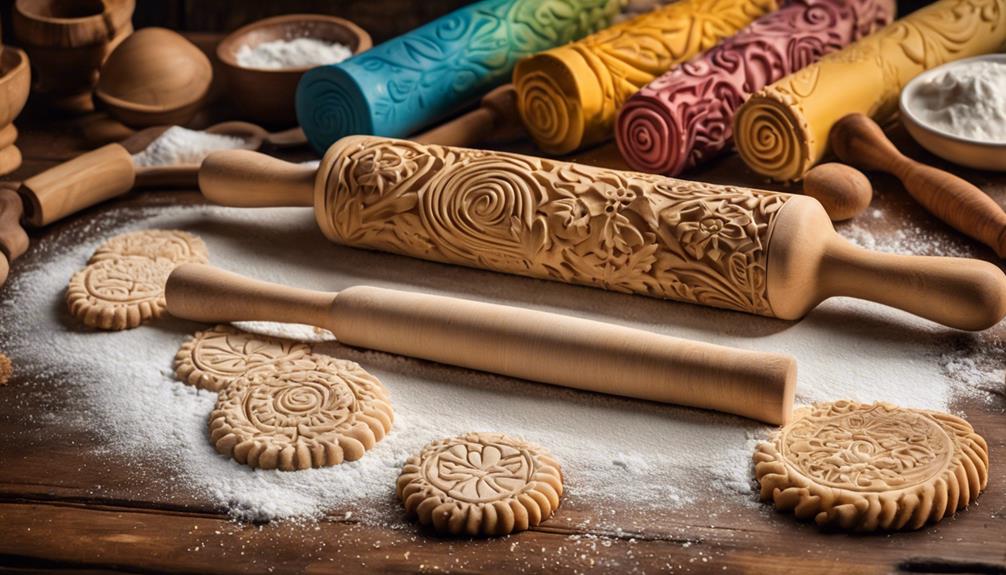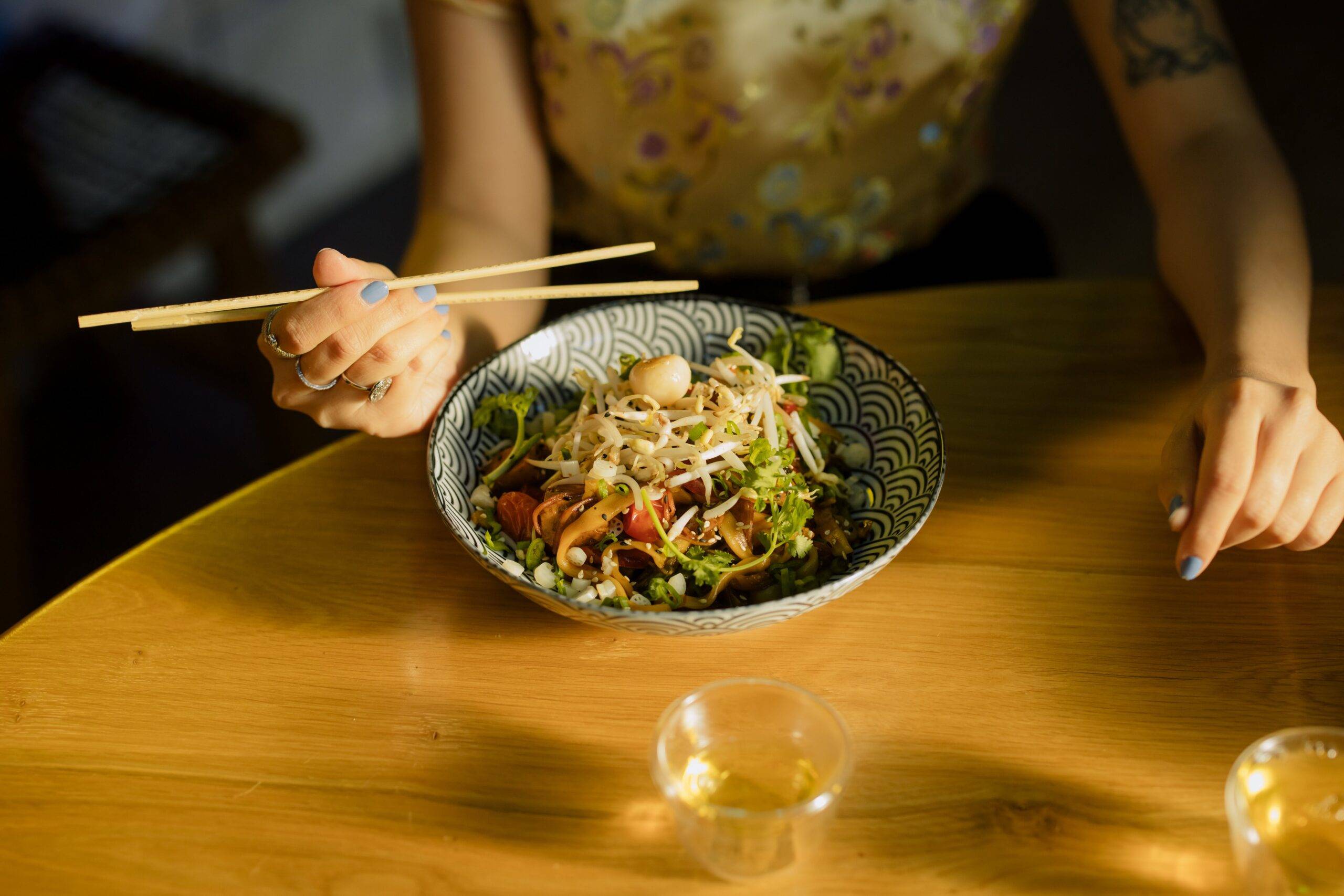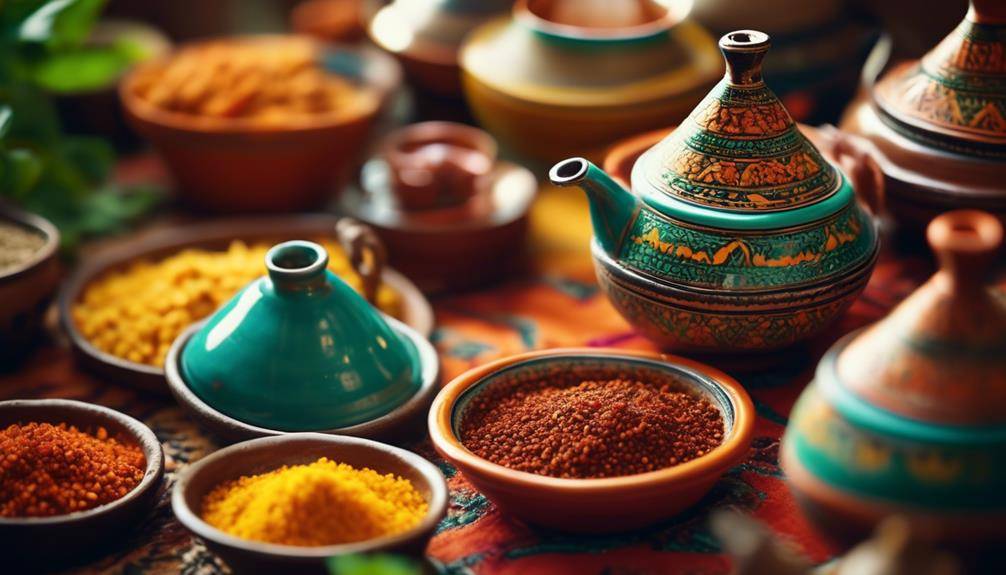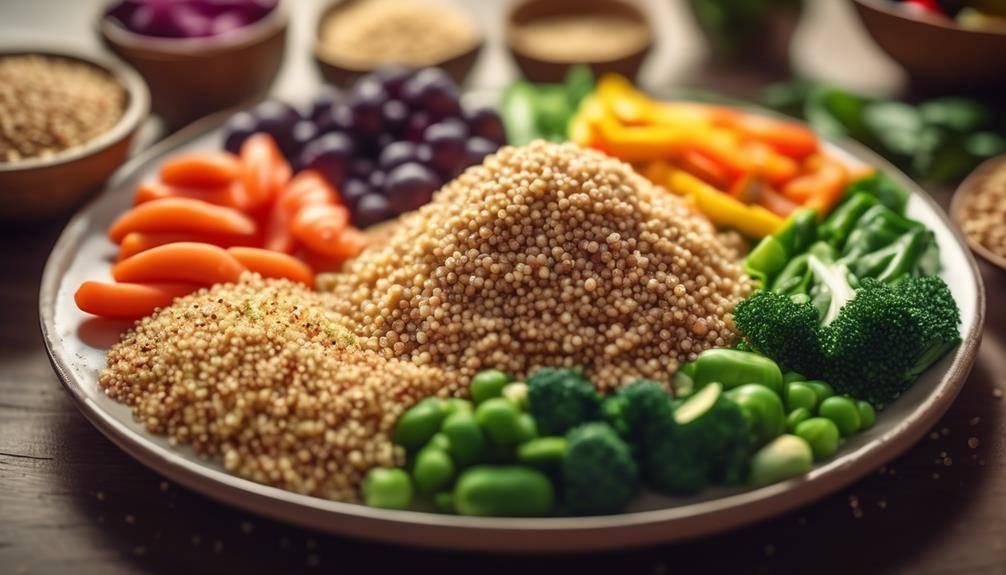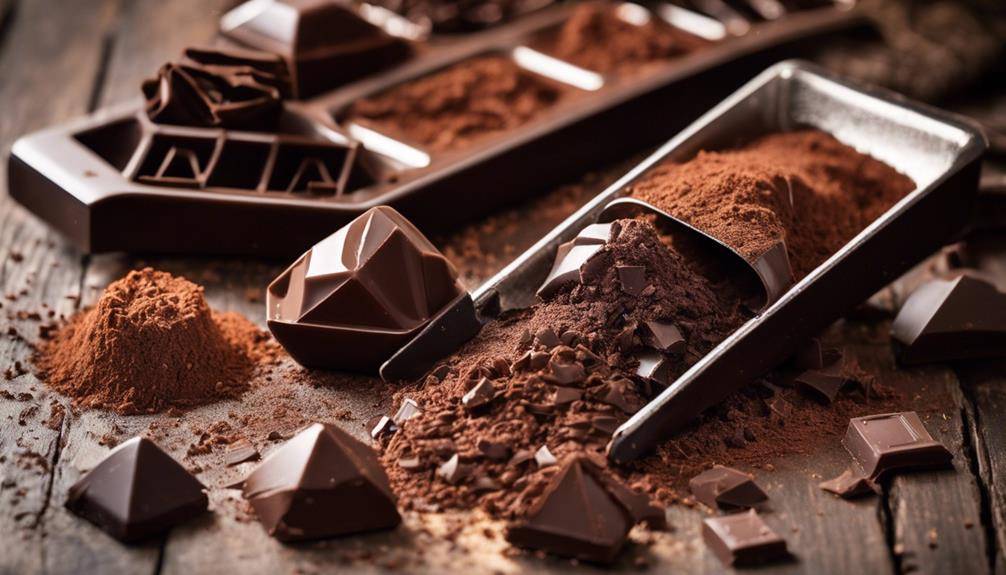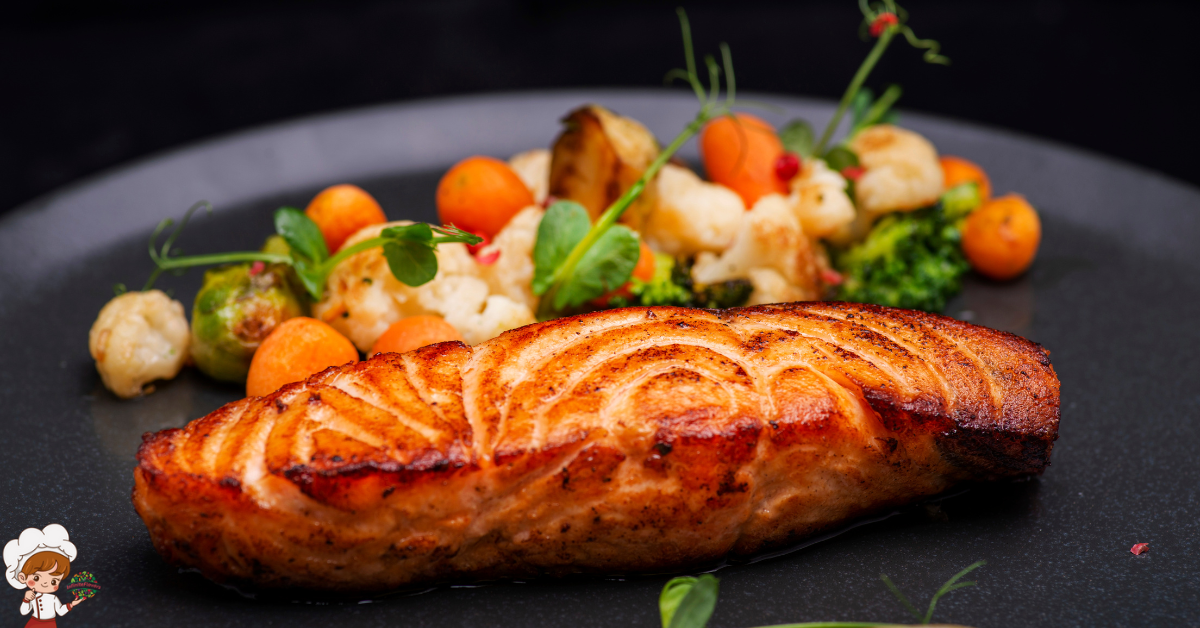The Best Strainers For Separating Seeds
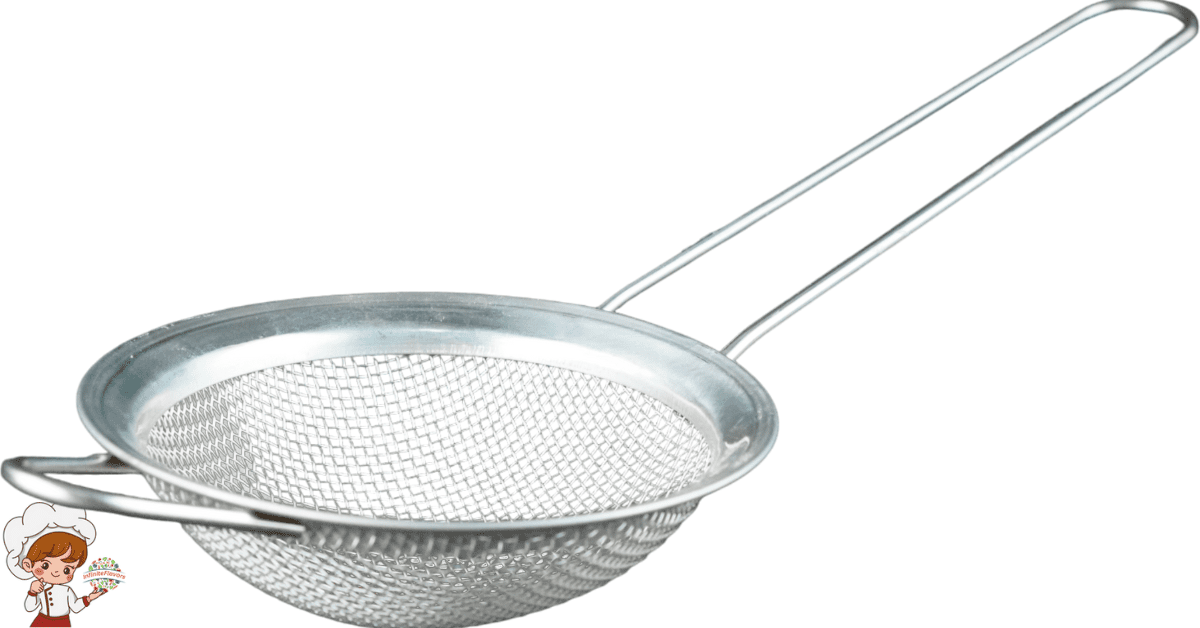
The Best Strainers For Separating Seeds; When you’re separating seeds, choosing the right strainer is key. Fine mesh strainers are great for tiny seeds, while stainless steel options offer durability. Consider nylon for delicate seeds and bowl strainers for larger batches. Always assess hole size to guarantee effective separation. Rinsing seeds before straining removes debris and enhances sorting. Remember to use different mesh sizes for various seed types and regularly clear residue to prevent mix-ups. Finally, proper care and maintenance of your strainers aid longevity. There’s much more to explore about techniques and tools that can optimize your seed sorting process.
Types of Strainers
When it comes to separating seeds, understanding the types of strainers available can make all the difference. You’ll find various options tailored to different seed types and straining needs. Fine mesh strainers are essential for capturing tiny seeds while still allowing liquids to flow through. They’re perfect for tasks like making herbal teas or separating fruit pulp.
Stainless steel strainers are a durable choice that can withstand repeated use. Their sturdy construction makes them ideal for both kitchen gadgets and industrial strainers. If you’re working with delicate seeds, nylon strainers are a lightweight option that provides excellent filtration without damaging your seeds during the process.
Bowl strainers come in handy when you’re dealing with larger quantities. They often have a wider surface area, making it easier to strain liquids efficiently. If you need precision in your straining, conical strainers are designed to direct liquids and seeds into a specific area, ensuring a cleaner separation.
Each type of strainer serves a unique purpose in the filtration process, and choosing the right one can greatly impact your results. Whether you’re straining liquids or separating seeds, having the right tool makes all the difference. Investing in a variety of strainers can save you time and effort, allowing you to focus on your culinary creations rather than the tedious task of separating seeds. Explore these options and find the right strainers to enhance your kitchen experience.
Choosing the Right Strainer
Selecting the right strainer for your seed separation needs can greatly enhance your efficiency in the kitchen. To make the best choice, you should evaluate both material selection and size consideration before making a purchase.
When it comes to material selection, different strainers serve various purposes. Stainless steel strainers are durable and resistant to rust, making them ideal for long-term use. If you’re looking for something lightweight and easy to handle, a plastic strainer might be a better fit. However, keep in mind that plastic can warp over time, especially with hot liquids. Alternatively, if you’re dealing with fine seeds, a nylon mesh strainer can provide excellent filtration without losing any small particles.
Size consideration is equally important. Think about the volume of seeds you typically separate. If you’re working with larger quantities, a bigger strainer will save you time and effort. On the other hand, if you mainly deal with small batches, a smaller strainer might be more practical. It’s also helpful to assess the size of the holes in the strainer. Make sure they’re small enough to catch the seeds while allowing unwanted materials, like pulp or debris, to pass through.
Using Strainers for Seed Separation
When you use strainers for seed separation, it’s important to select the right type for your needs. You’ll want to apply effective techniques to maximize your results and guarantee you keep your strainers in top shape. Let’s explore how to make the most of your seed separation process.
Choosing the Right Strainer
Choosing the right strainer for seed separation can greatly impact your gardening success. When selecting a strainer, consider the materials it’s made from. Stainless steel is durable and easy to clean, while plastic may be lighter but can wear out quicker. Each material has its pros and cons, so think about your specific needs.
Next, pay attention to mesh sizes. A finer mesh will capture smaller seeds and debris, but it might also slow down your process. If you’re dealing with larger seeds, a coarser mesh can save you time and effort. You want to strike a balance between efficiency and effectiveness.
Also, consider the strainer’s size. A larger strainer can handle more seeds at once, but it may be cumbersome to handle. On the other hand, a smaller strainer can be more manageable but might require multiple batches.
Lastly, think about how you’ll store your strainer. If space is tight, opt for a design that’s easy to stack or hang. By carefully selecting the right strainer materials and mesh sizes, you’ll set yourself up for successful seed separation and a thriving garden.
Techniques for Effective Separation
Once you’ve picked the right strainer, it’s time to focus on techniques for effective seed separation. Start by preparing your seeds. If they’re mixed with debris or residue, give them a good rinse to loosen any unwanted materials. This step greatly aids in residue removal, making your sorting process smoother.
Next, pour the seeds into your strainer in small batches. This way, you can better control the flow and guarantee that only the desired seeds pass through. Shake the strainer gently; this movement helps separate smaller seeds from larger debris, making seed sorting more efficient.
If you’re dealing with seeds of similar sizes, consider using multiple strainers with varying mesh sizes. This allows you to separate seeds by size, enhancing the effectiveness of your sorting process. Keep an eye on the residue that collects in the bottom of your strainer; removing it regularly will prevent it from mixing back in with your seeds.
Maintenance and Care Tips
How can you guarantee your strainers remain in top condition for effective seed separation? First, choose the right strainer materials. Stainless steel or high-quality plastic are excellent choices, as they resist rust and are easy to clean. After each use, rinse your strainers immediately to prevent seed residue from hardening, which can compromise their effectiveness.
For deeper cleaning, soak them in warm soapy water, then scrub gently with a soft brush. Avoid abrasive cleaners that could scratch the surface. Verify they’re completely dry before storing to prevent mold or mildew, especially if you’ll use them for seed storage afterward.
When storing your strainers, keep them in a cool, dry place away from direct sunlight. Avoid stacking them in ways that could cause bending or warping. If you have multiple strainers, consider using dividers or containers to keep them organized and protected.
Regularly inspect your strainers for wear and tear, replacing them as needed to maintain quality. By following these maintenance and care tips, you’ll verify your strainers serve you well for many seasons of successful seed separation.
Tips for Effective Seed Separation
Effective seed separation can greatly enhance your gardening or farming experience. To get started, know your seed variety. Different seeds have unique sizes, weights, and shapes, which can affect how you separate them. Familiarizing yourself with these characteristics will help you choose the right strainer for the job.
Before you begin separating your seeds, verify that your soil preparation is up to par. Healthy soil leads to better seed growth, and it all starts with the right conditions. So, take some time to test your soil, add organic matter, and adjust pH levels if necessary. This way, you’ll know exactly what type of seeds to focus on during separation.
When using strainers, make sure they’re appropriate for the seeds you’re working with. A finer mesh is ideal for smaller seeds, while a coarser mesh can be used for larger ones. Experiment with different strainers to find the best fit for your seed varieties.
During the separation process, shake or gently tap the strainer to encourage the seeds to fall through while keeping debris behind. It’s also helpful to work in a well-lit area, as this makes it easier to spot any unwanted materials.
Cleaning and Maintaining Strainers
Keeping your strainers clean is vital for guaranteeing ideal seed separation and maintaining their longevity. Regular maintenance not only preserves the functionality of your strainers but also prevents contamination that can affect your seeds. Depending on the strainer materials—whether metal, plastic, or fabric—your cleaning approach may vary slightly.
For metal strainers, a simple rinse with warm water is often sufficient, but you can use a mild detergent for tougher residues. Avoid abrasive scrubbers that could scratch the surface. Plastic strainers can be cleaned similarly but check for any warping or damage, especially if they’ve been exposed to high heat. Fabric strainers require a gentler touch; hand washing with soap and air drying works best to keep the material intact.
Establishing a cleaning frequency is important. After each use, give your strainers a quick rinse to remove any seed debris. For heavy use, consider a thorough cleaning once a week. If you notice a buildup of dirt or residue, increase your cleaning frequency to prevent clogging.
Store your strainers in a dry, clean area to avoid dust accumulation. If you notice any signs of wear and tear, like rust in metal strainers or holes in fabric, it’s time to replace them. By keeping your strainers clean and well-maintained, you’ll guarantee they’re always ready to help you achieve the best seed separation, extending their lifespan and improving your overall efficiency in the process.
Alternative Methods for Seed Separation
When it comes to seed separation, you’ve got several alternative methods at your disposal. Manual techniques can be quite effective, while water-based and air flow methods offer efficient ways to separate seeds without much hassle. Let’s explore these options to see which might work best for your needs.
Manual Seed Separation Techniques
Manual seed separation techniques offer several practical methods to help you efficiently separate seeds from their pods or husks. By using hand tools like sieves, screens, and tweezers, you can employ traditional methods that cater to different seed varieties. These manual processes often require patience and skill, but they can markedly improve separation efficiency.
One common technique is the use of screens with varying mesh sizes, allowing you to sift out smaller debris while retaining your seeds. If you’re dealing with larger seeds, you might prefer to use a combination of shaking and manual sorting. While these methods can be labor-intensive, they often lead to better seed purity compared to mechanical methods.
Additionally, focusing on yield improvement is essential. By carefully selecting and separating your seeds, you’re increasing the chances of successful germination and better harvests. Remember, the time spent on these manual processes pays off in the long run, ensuring that you’re working with high-quality seeds. So, grab your hand tools and start refining your techniques for the best results in your gardening or farming endeavors!
Water-Based Separation Methods
Water-based separation methods provide an efficient alternative for separating seeds from their pods, especially for those dealing with various seed types. By utilizing water’s natural properties, you can effectively separate seeds while minimizing damage. One popular technique involves submerging the seed pods in water, allowing them to soak. As the pods break down, you can easily remove the seeds that float to the top, ensuring a gentle separation process.
You can also employ water filtration systems to enhance this method. By using fine mesh filters, you can capture seeds while letting excess plant material wash away. This approach not only speeds up the separation process but also helps in seed preservation, as it reduces the risk of mechanical damage that can occur during manual methods.
Additionally, using water for separation is environmentally friendly and cost-effective, making it a viable option for both small-scale gardeners and larger agricultural operations. So, if you’re looking for an effective way to separate seeds while preserving their integrity, consider experimenting with these water-based techniques. They may just become your go-to solution for seed separation.
Air Flow Techniques
Often overlooked, air flow techniques can be a highly effective way to separate seeds from their chaff or pods. By understanding airflow dynamics, you can create an environment that capitalizes on the natural differences in seed aerodynamics. This method harnesses the power of air to lift lighter materials, like chaff, while allowing heavier seeds to fall to the bottom.
To implement this technique, you’ll want to set up a system that generates a controlled airflow. This could be as simple as a fan or a more complex setup involving air sifters designed for seed separation. Adjusting the speed and direction of the airflow can help you fine-tune the separation process, ensuring that you’re effectively isolating seeds without damaging them.
You might also consider using screens or mesh to filter the airflow further, enhancing the separation efficiency. Remember, the key is to experiment with different airflow settings to find the sweet spot for your specific seeds. By mastering these air flow techniques, you can streamline your seed separation process, making it both efficient and effective.
Frequently Asked Questions: The Best Strainers For Separating Seeds
Can Strainers Be Used for Other Food Separation Tasks?
Different strainer types can enhance your culinary uses. You can use them for draining pasta, rinsing grains, or even sifting flour. Their versatility makes them essential tools in any kitchen you work in.
What Materials Are Strainers Typically Made From?
Strainers come in various types, like metal, plastic, and silicone. Each material has its benefits; metal’s durability withstands heat, while plastic’s lightweight makes it easy to handle, ensuring you choose the right one for your needs.
Are There Eco-Friendly Strainers Available on the Market?
Yes, there are eco-friendly strainers available on the market. You’ll find biodegradable options made from sustainable materials, ensuring you can separate your ingredients while being kind to the environment and reducing plastic waste.
How Do I Store My Strainers to Prevent Damage?
To store your strainers and prevent damage, guarantee proper cleaning after each use. Keep them in a dry, cool place, free from heavy objects, to maintain strainer maintenance and prolong their lifespan.
Can Strainers Be Used for Both Wet and Dry Seed Separation?
Yes, you can use strainers for both wet seed separation and dry seed separation. Just remember to choose the right mesh size for each method to guarantee efficient separation without damaging the seeds.
Conclusion
In summary, choosing the right strainer is key to effective seed separation. By understanding the types available and following the tips provided, you can streamline the process and guarantee your seeds are clean and ready for planting. Don’t forget to maintain your strainers for peak performance. If you ever need alternatives, there are various methods to explore. With the right tools and techniques, you’ll make seed separation a breeze! Happy gardening!



